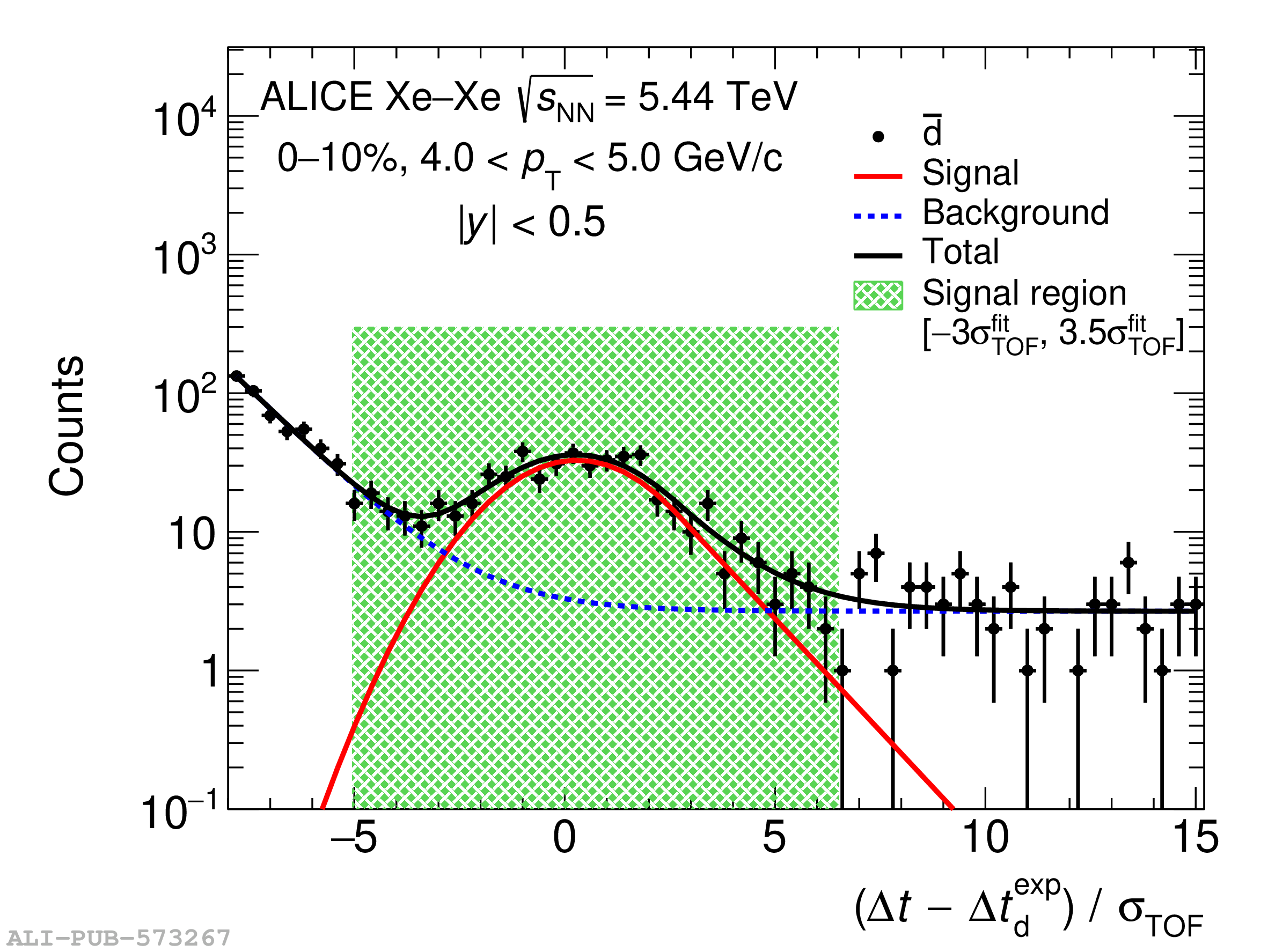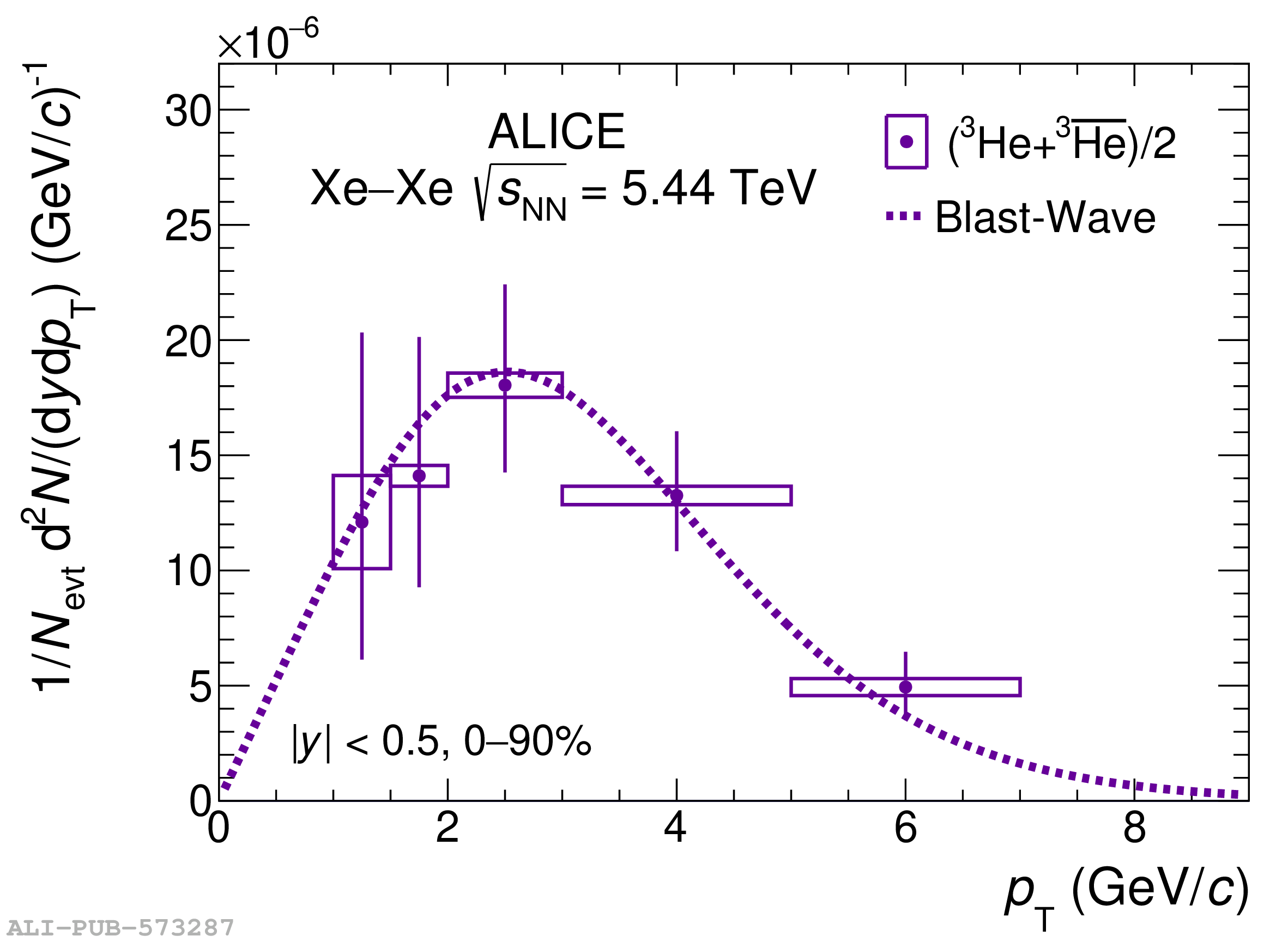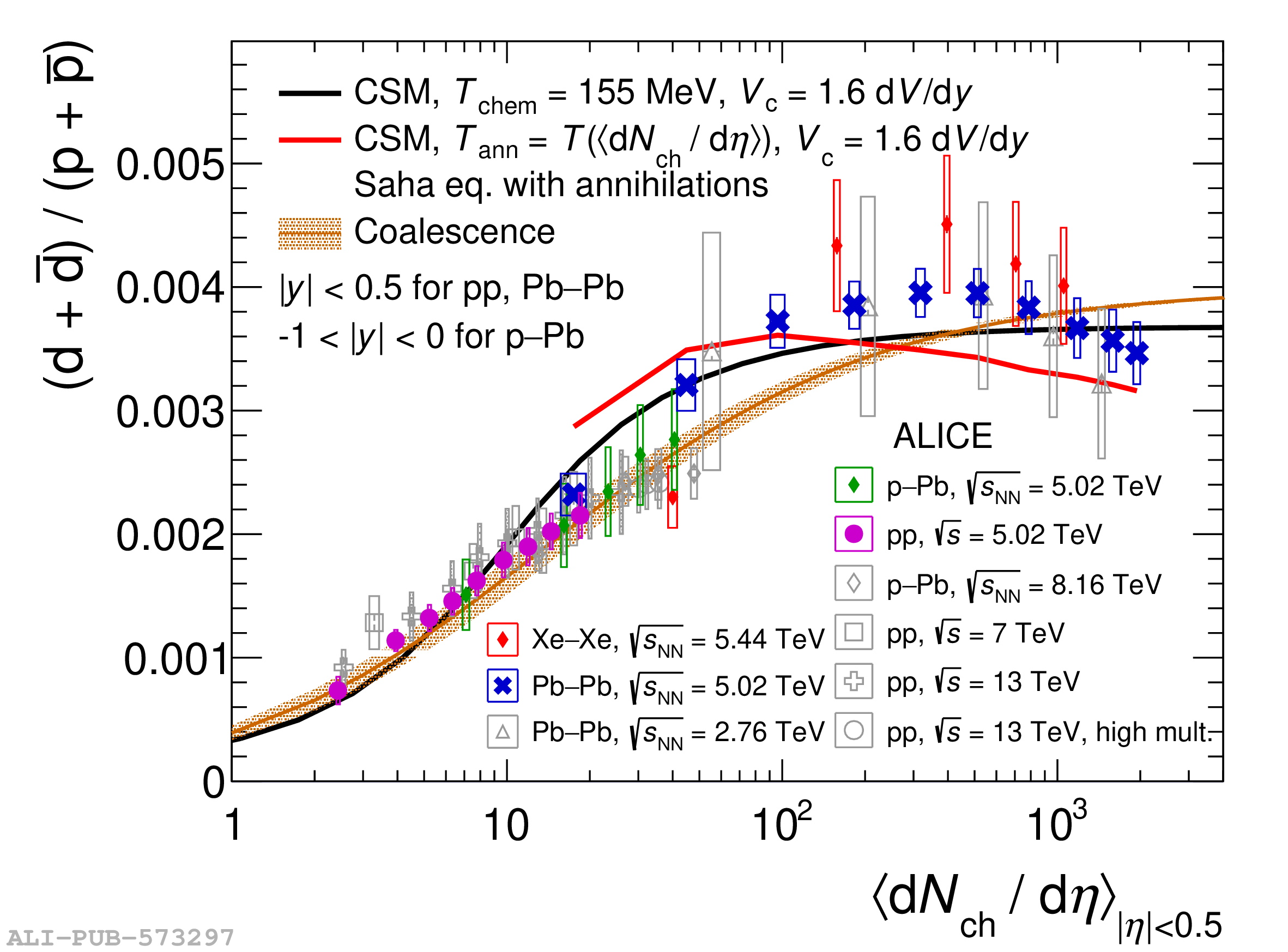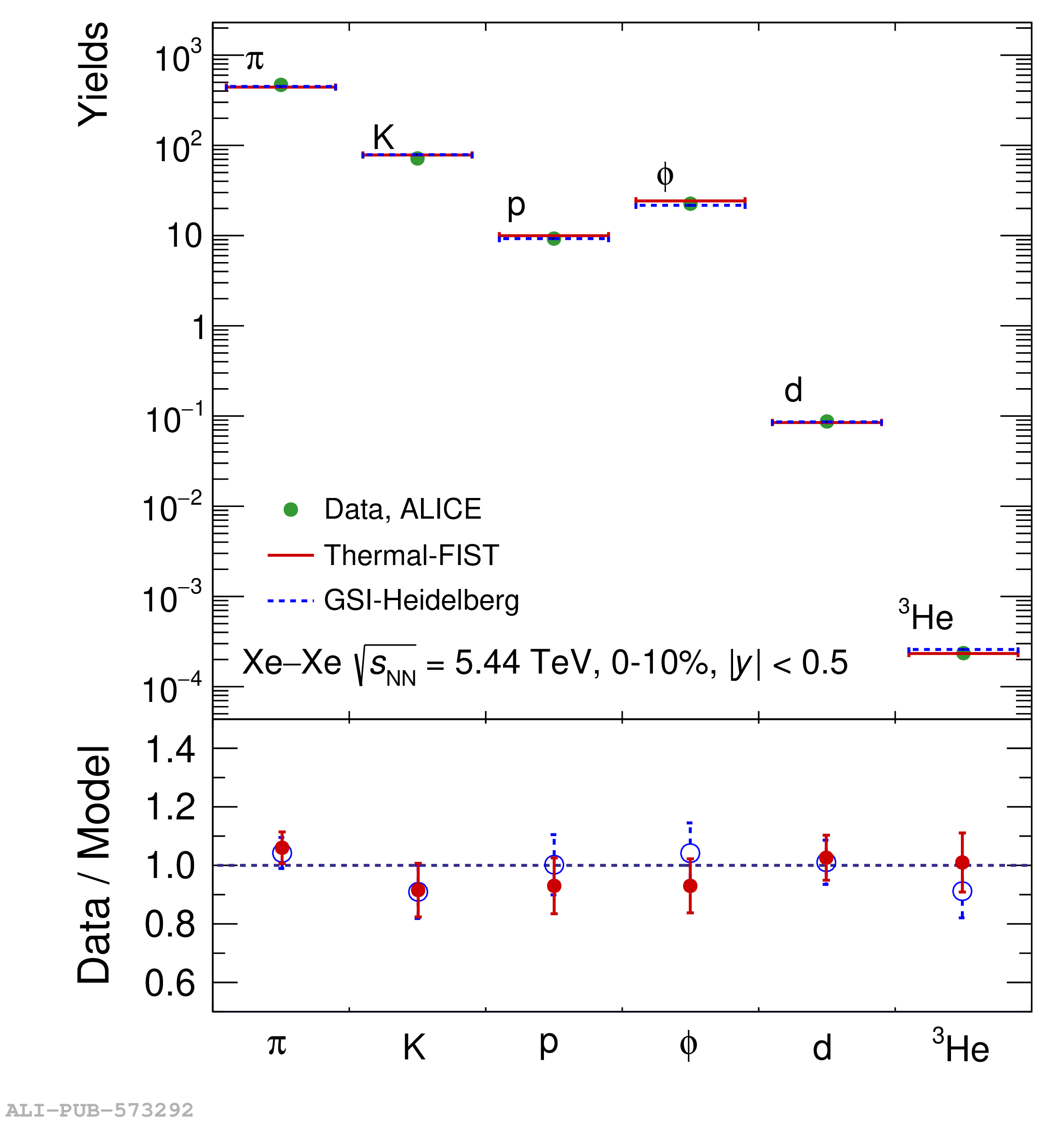Measurements of (anti)deuteron and (anti)$^3$He production in the rapidity range $ |y| <~ $ 0.5 as a function of the transverse momentum and event multiplicity in Xe$-$Xe collisions at a center-of-mass energy per nucleon$-$nucleon pair of $\sqrt{s_{\rm NN}}$ = 5.44 TeV are presented. The coalescence parameters $B_2$ and $B_3$ are measured as a function of the transverse momentum per nucleon. The ratios between (anti)deuteron and (anti)$^3$He yields and those of (anti)protons and pions are reported as a function of the mean charged-particle multiplicity density, and compared with two implementations of the statistical hadronization model and with coalescence predictions. The elliptic flow of (anti)deuterons is measured for the first time in Xe$-$Xe collisions and shows features similar to those already observed in Pb$-$Pb collisions, i.e., the mass ordering at low transverse momentum and the meson$-$baryon grouping at intermediate transverse momentum. The production of nuclei is particularly sensitive to the chemical freeze-out temperature of the system created in the collision, which is extracted from a grand-canonical-ensemble-based thermal fit, performed for the first time including light nuclei along with light-flavor hadrons in Xe$-$Xe collisions. The extracted chemical freeze-out temperature $T_{\rm chem}$ = (154.2 $\pm$ 1.1) MeV in Xe$-$Xe collisions is similar to that observed in Pb$-$Pb collisions and close to the crossover temperature predicted by lattice quantum chromodynamics calculations.
Phys. Rev. C 110 (2024) 064901
HEP Data
e-Print: arXiv:2405.19826 | PDF | inSPIRE
CERN-EP-2024-144
Figure group















